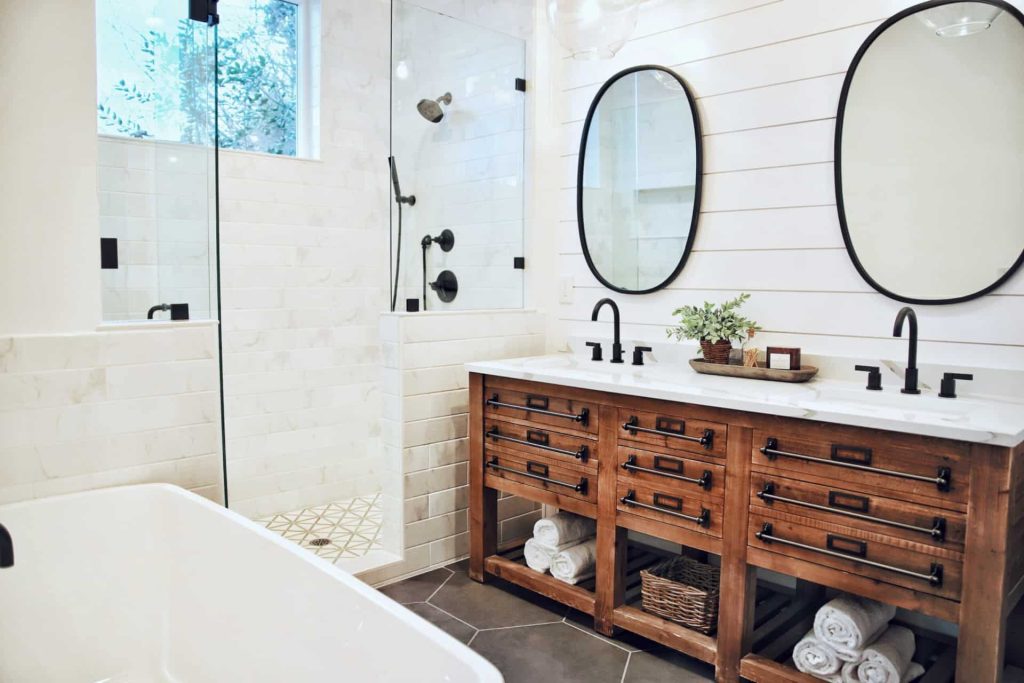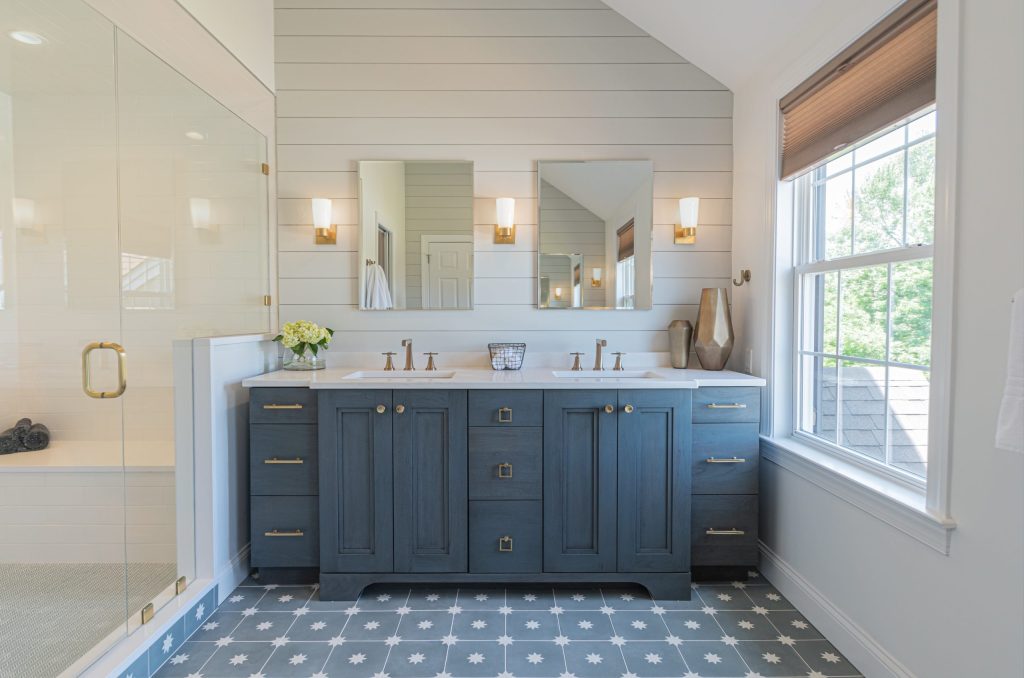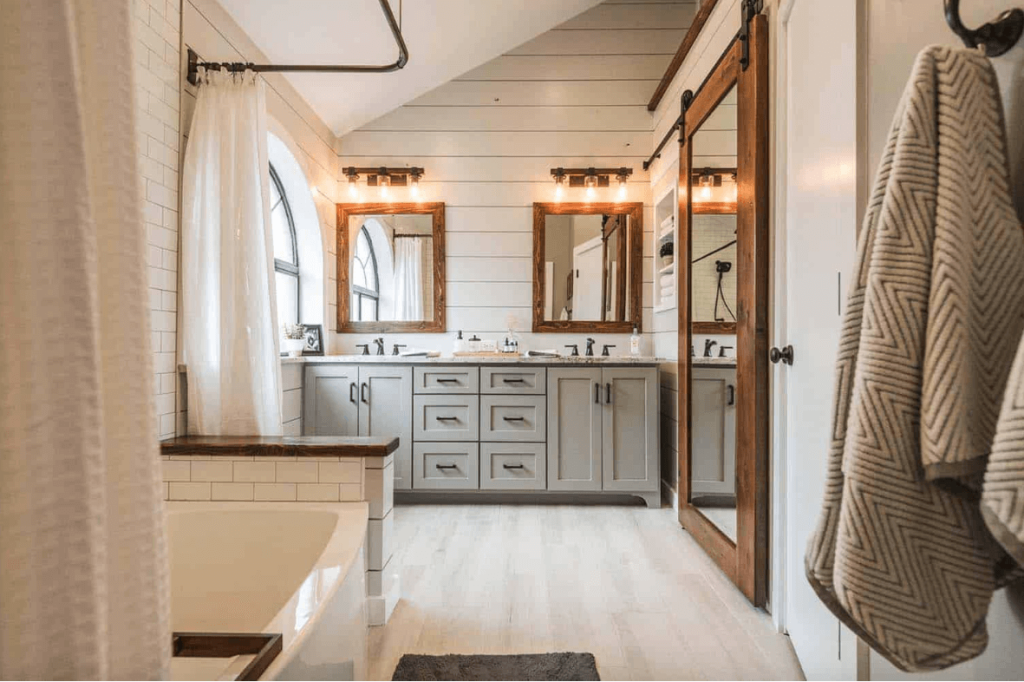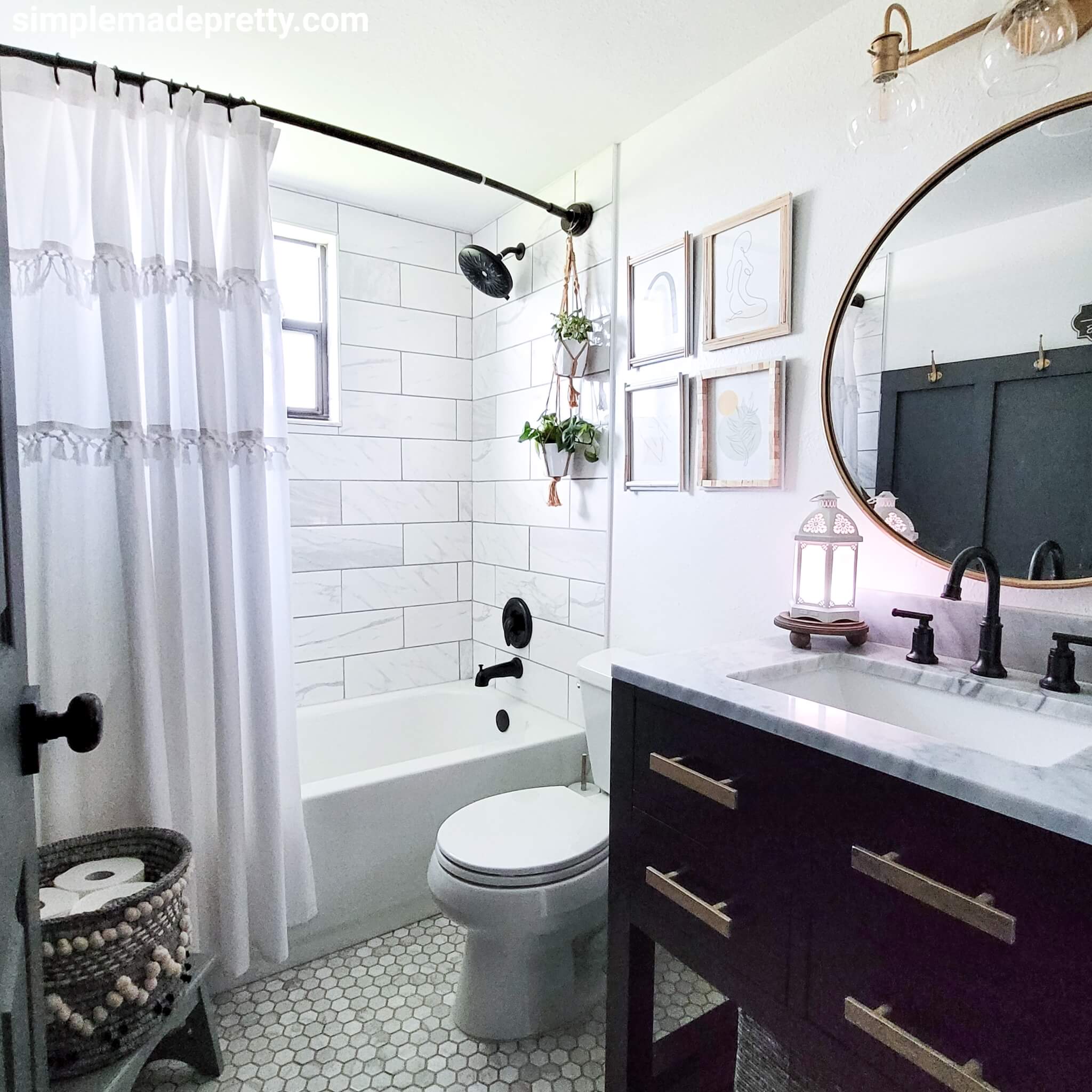How Long Does it Take to Remodel a Bathroom?
Remodeling a bathroom can be an exciting and transformative project, but understanding the timeline is crucial for planning and setting expectations. Whether you’re updating an outdated space, expanding your bathroom, or making it more functional, the duration of the remodel can vary based on several factors. This article provides a comprehensive overview of the factors influencing bathroom remodel timelines and offers tips for managing the process efficiently.
1. Typical Bathroom Remodel Timelines
A. Standard Bathroom Remodel
For a basic bathroom remodel—such as updating fixtures, painting, and installing new flooring—the typical timeline is usually between 2 to 4 weeks. This timeline assumes that the project involves straightforward updates without major structural changes or complex design elements.
B. Premium Bathroom Remodel
A mid-range remodel, which might include changing the layout, upgrading to higher-end materials, or replacing plumbing fixtures, generally takes around 4 to 6 weeks. This phase often involves more detailed work and additional planning, which extends the overall timeline.
C. Luxury Bathroom Remodel
For extensive remodels that involve significant changes, such as moving walls, reconfiguring plumbing and electrical systems, or adding custom features, the project can extend to 8 to 12 weeks or more. These remodels require detailed planning, structural changes, and additional labor, all of which contribute to a longer timeline.

2. Factors Influencing the Remodel Duration
A. Scope of the Project
- Minor Updates: If you’re only making minor updates—such as changing the vanity, lighting, or flooring—the project will typically be completed more quickly.
- Major Renovations: Major renovations, such as relocating fixtures, changing the layout, or updating plumbing and electrical systems, will take longer due to the complexity and additional work involved. Anything involving custom tile showers will automatically add 2-3 weeks to the project timeline.
B. Design Complexity
- Simple Designs: Simple, straightforward designs are quicker to implement. Standard tile patterns, basic fixtures, and uncomplicated layouts generally result in a shorter remodel duration.
- Custom Designs: Custom designs, such as intricate tile work, bespoke cabinetry, or luxury features, can extend the timeline due to the need for specialized materials and craftsmanship.
C. Permits and Approvals
- No Permits Needed: If your remodel doesn’t involve structural changes or alterations to plumbing and electrical systems, you may not need permits, which can streamline the process.
- Permits Required: For projects requiring permits, such as moving walls or upgrading plumbing, the timeline will be extended due to the time needed for permit approval and inspections.
D. Contractor Availability and Efficiency
- Contractor’s Schedule: The availability and scheduling of your contractor can impact the timeline. High-demand contractors may have longer wait times before they can start your project.
- Team Efficiency: The size and efficiency of the remodeling team also affect the duration. A larger, experienced team can often complete tasks more quickly than a smaller or less experienced crew.
E. Material Availability
- Readily Available Materials: If the materials you choose are readily available, your remodel will proceed more smoothly. Common materials typically have shorter lead times.
- Special-Order Materials: Custom or special-order materials may have longer lead times, which can delay the project if they are not available when needed.
F. Unexpected Issues
- Minor Issues: Minor issues, such as unexpected delays in delivery or minor adjustments, may cause slight delays but generally don’t significantly impact the overall timeline.
- Major Issues: Major issues, such as hidden water damage or structural problems, can significantly extend the timeline as they require additional work to address.

3. Typical Phases of a Bathroom Remodel
A. Planning and Design
Timeline: 1 to 2 weeks
- Activities: This phase involves finalizing the design, selecting materials, obtaining permits, and creating a detailed plan. It includes consultations with designers and Doxa Contracting Co., as well as making decisions about layout and finishes.
B. Demolition and Prep Work
Timeline: 1 to 3 days
- Activities: The demolition phase involves removing old fixtures, flooring, and any other components being replaced. This phase also includes any necessary prep work, such as addressing plumbing or electrical changes. This is the messiest part of the project, and can create lots of dust and debris.
C. Construction and Installation
Timeline: 2 to 6 weeks
- Activities: This phase includes the bulk of the work, such as installing new plumbing, electrical wiring, and fixtures. It also includes tasks like tiling, painting, and installing cabinetry. The timeline varies based on the complexity of the remodel and the scope of the work.
D. Finishing Touches
Timeline: 1 to 2 weeks
- Activities: The final phase involves installing accessories, such as mirrors, towel bars, and hardware. It also includes final inspections, touch-ups, and ensuring that everything is functioning correctly.
E. Clean-Up and Inspection
Timeline: 1 to 2 days
- Activities: Once the main work is complete, the remodeling team will clean up the work area and perform a final inspection to ensure everything meets quality standards. Any final adjustments or corrections will be made during this time.
4. Tips for Managing Your Remodel Timeline
A. Set Realistic Expectations
- Budget Time for Delays: Anticipate potential delays and add some buffer time to your schedule. Being flexible can help manage any unexpected issues that arise during the remodel.
- Communicate with Your Contractor: Maintain open communication with your contractor to stay updated on the project’s progress and address any concerns promptly.
B. Plan Ahead
- Detailed Planning: Invest time in planning and design to avoid delays later in the process. Finalize your design choices and materials early to ensure a smooth workflow.
- Prepare Your Space: Prepare your home for the remodel by clearing out the bathroom and setting up a temporary bathroom if needed. This will minimize disruptions and help the remodel proceed more smoothly.
C. Monitor Progress
- Regular Check-Ins: Schedule regular check-ins with your contractor to monitor progress and address any issues or changes as they arise.
- Document Progress: Keep a record of the project’s progress through photos and notes. This can help identify any issues or discrepancies and provide a clear timeline of the work completed.
D. Address Issues Promptly
- Act Quickly: Address any issues or concerns with your contractor as soon as they arise to prevent delays from escalating.
- Be Proactive: Be proactive in managing potential problems by maintaining open communication and being flexible with solutions.

5. Conclusion
Remodeling a bathroom can take anywhere from a few weeks to several months, depending on the scope of the project, design complexity, permits, and other factors. Understanding these factors and planning accordingly can help you manage your remodel timeline effectively.
By setting realistic expectations, planning ahead, and staying engaged throughout the process, you can ensure a successful bathroom remodel. Whether you’re making minor updates or undertaking a major renovation, being informed and prepared will help you navigate the project smoothly and achieve the results you desire.
If you’re considering a bathroom remodel, start by outlining your project scope and consulting with professionals to establish a realistic timeline. Effective planning and communication will help you stay on track and ensure that your remodel is completed to your satisfaction.
Understanding the factors that influence the duration of a bathroom remodel can help you manage your expectations and plan effectively. By preparing in advance and staying proactive, you can navigate the remodeling process smoothly and achieve the beautiful, functional bathroom you envision.

